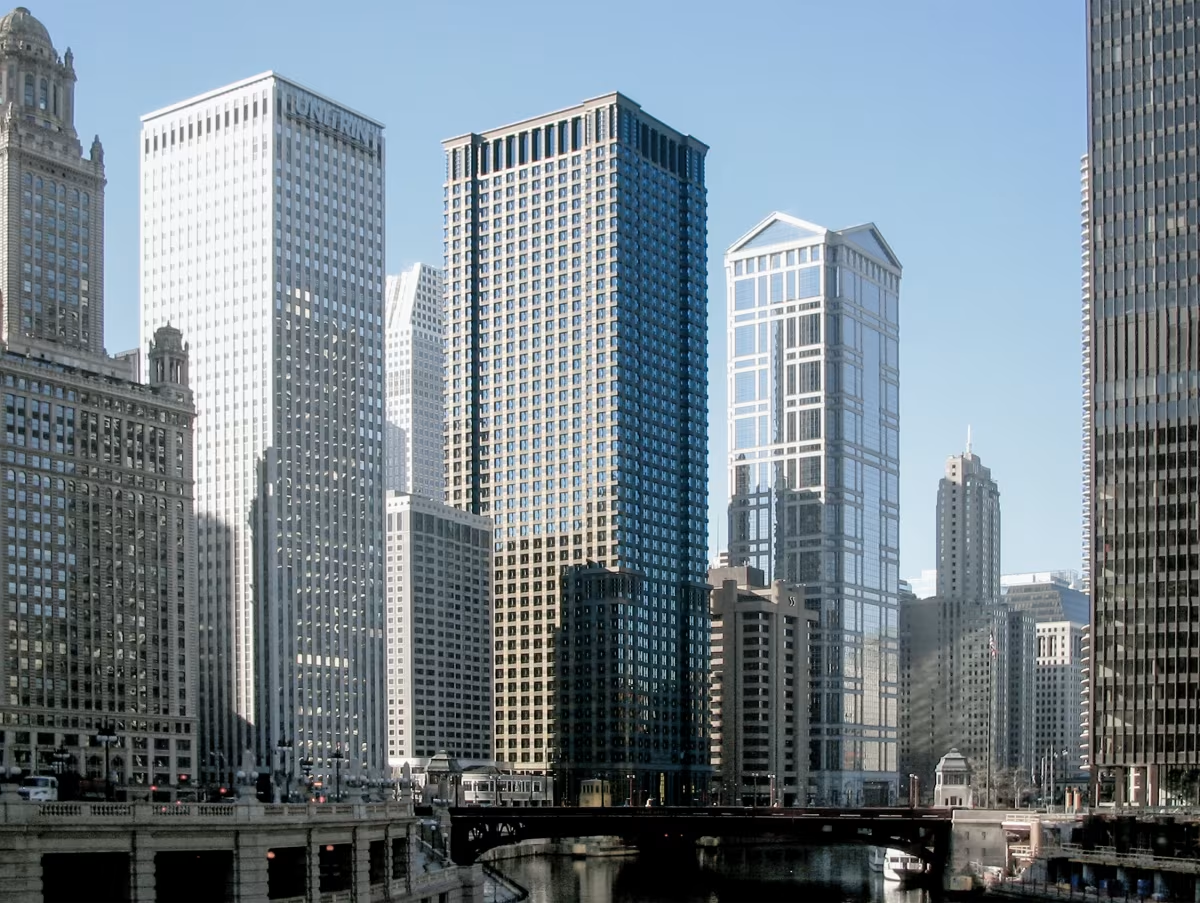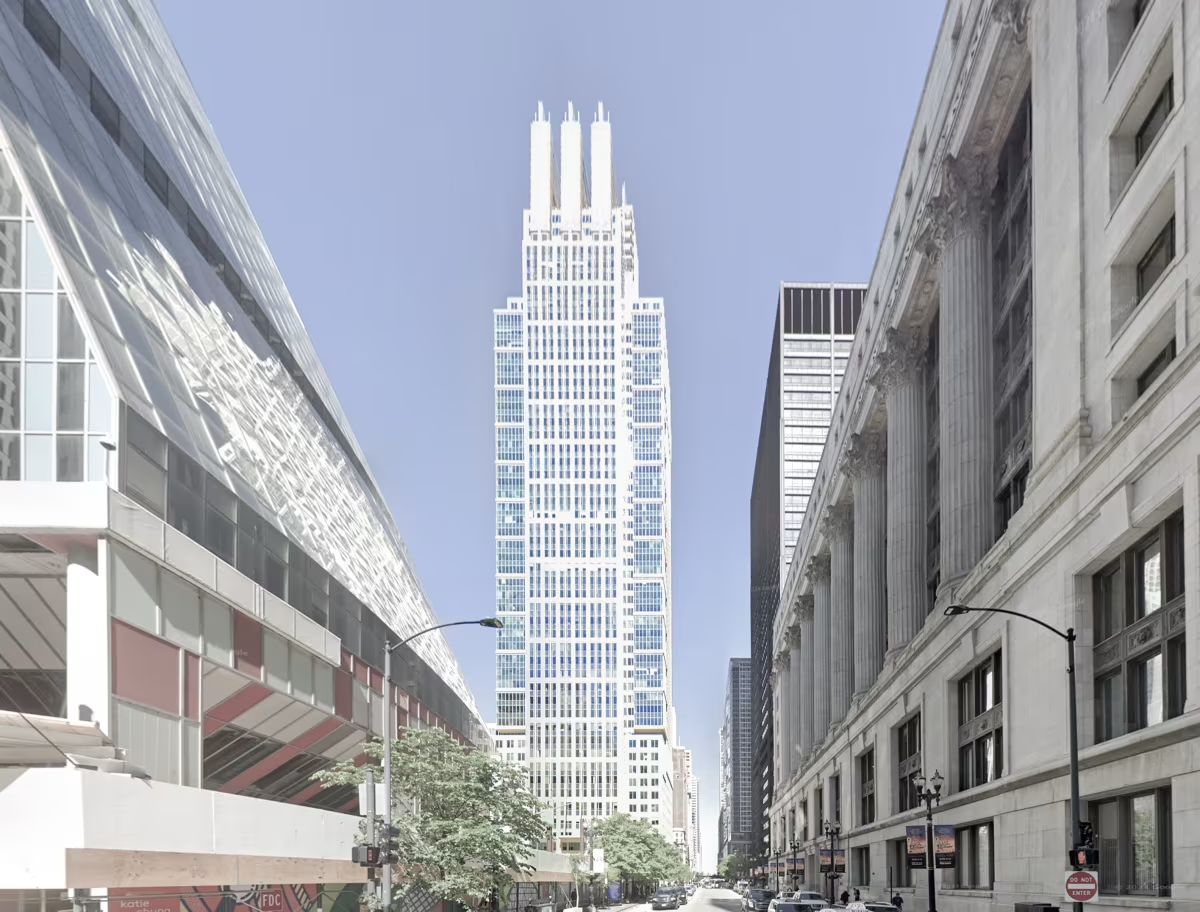Leo Burnett Building vs Grant Thornton Tower


Comparing the Leo Burnett Building and the Grant Thornton Tower is interesting because they both stand in Chicago, IL, and were completed within 3 years of each other, but they were designed by different architects.
This offers a unique glimpse at how rival designers approached projects in the same city during the same era.
Height & Size
The Grant Thornton Tower is clearly the larger tower of the two, both in terms of height and number of floors. It rises to 755ft (230m) with 50 floors above ground, while the Leo Burnett Building reaches 636ft (194m) with 46 floors above ground.
Of course, each project may have faced different briefs or regulatory constraints, which we don't really know about and could also explain the outcome.
Architectural Style
Both the Leo Burnett Building and the Grant Thornton Tower were designed in line with the aesthetic conventions of the Postmodernism style.
The Grant Thornton Tower was designed at a moment when the Postmodernism style was already in decline, making it more of a lingering expression of the movement. In contrast, the Leo Burnett Building was built when the style still carried greater cultural weight.
Uses
Both the Leo Burnett Building and the Grant Thornton Tower were designed to serve as commercial towers, and that has remained their main use since their completion, serving similar roles in the urban fabric.
The Leo Burnett Building also provides 113 parking spaces.
Structure & Facade
The two buildings opted for different structural and facade solutions.
The Leo Burnett Building uses a Trussed Tube In Tube system, which combines a central core with a perimeter tube reinforced by diagonal bracing, while the Grant Thornton Tower uses a Frame system, that relies on a regular grid of columns and beams to sustain its weight.
And when it came to the facade, the Window Wall went with a Window Wall facade, which uses panels fitted between floor slabs, leaving slab edges visible, while the Grant Thornton Tower opted for a Curtain Wall facade, that uses a lightweight glass curtain wall hung from the structure.
| Leo Burnett Building | Grant Thornton Tower | |
|---|---|---|
| Roche Dinkeloo & Associates | Architect | Kohn Pedersen Fox Associates |
| 1986 | Construction Started | 1990 |
| 1989 | Year Completed | 1992 |
| Postmodernism | Architectural Style | Postmodernism |
| Commercial | Current Use | Commercial |
| 46 | Floors Above Ground | 50 |
| 4 | Floors Below Ground | 3 |
| 194 m | Height (m) | 230 m |
| 103,869 m² | Usable Area (m²) | 105,166 m² |
| 28 | Number of Elevators | 23 |
| Trussed Tube In Tube | Structure Type | Frame |
| A Concrete Core And Steel | Vertical Structure Material | Reinforced Concrete |
| Concrete And Steel | Horizontal Structure Material | Reinforced Concrete |
| Yes | Facade Structural? | Yes |
| The John Buck Company | Developer | Linpro Company |
| Cohen Barreto Marchertas | Structural Engineer | Severud Szegezdy Associates |
| IL | State | IL |
| Chicago | City | Chicago |
| 35 West Wacker Drive | Address | 161 171 North Clark Street |